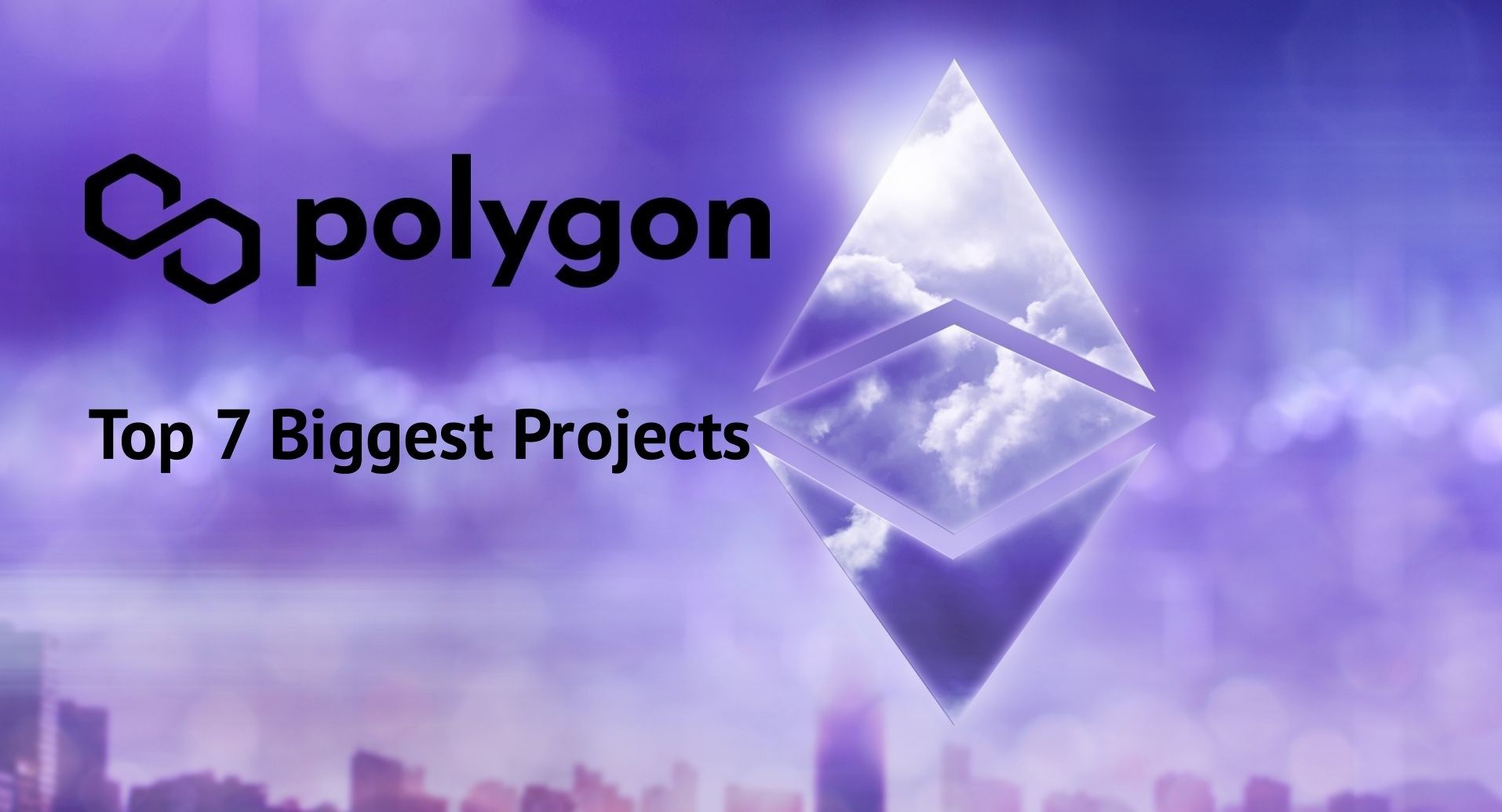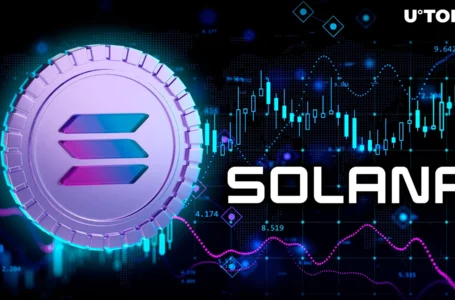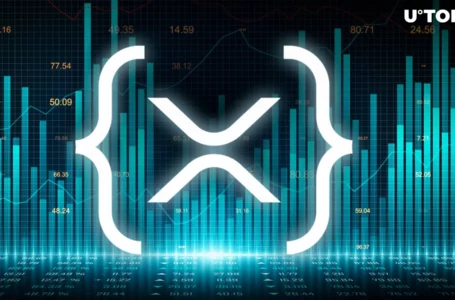
If narratives run these crypto investment cycles, then several narratives have dominated this bull run. Think metaverse tokens, dog coins and alt-L1 solutions like Solana and Avalanche. But the narrative standing strong in decentralized finance (DeFi) is about Layer 2 solutions, with Polygon leading the pack.
First, let’s clarify what “Layer 2” means. For a Layer 1 blockchain, we can think of Ethereum as an operating system like Windows, on top of which developers can build decentralized applications (DApps). The problem is, Ethereum can get slow and expensive. That’s because its consensus mechanism for securing the blockchain is based on an auction model. Users bid against one another to have their transactions included in the next block. This is why, once the network gets too congested, fees skyrocket.
And that’s how you end up with, say, a face value price of $20 to mint an NFT, but incurring an actual cost of $100 in gas fees. (Would you pay $4 for a coffee if the transaction fee was 5 times that? No way.)
Enter Layer 2 scaling.
There’s a chance you’ve heard of other Layer 2 scaling solutions, like Arbitrum and StarkWare (zk-STARKs). So what makes Polygon stand out from the rest of the major scaling and infrastructure development solutions? Sure, it’s got first-mover advantage, but so what?
Well, Polygon is the only L2 solution with an actual native token, to date (i.e., MATIC). And why does that matter? Because you can stake it to help secure the network, all the while enjoying awesome rewards and low fees, as well as being eligible for potential airdrops in the future.
Oh, and this does mean that some of these DApps are available on Ethereum as well as on other chains. That they feature on Polygon with negligible gas fees and insane speeds is why we chose to include them here.
JellySwap
JellySwap is a decentralized cross-chain atomic swap service. If that sounds like a mouthful, that’s because it is, but we can easily break it down. See, if you want to swap your ETH for BTC, because they live on two separate chains, this proves cumbersome. So you might need to rely on a third party, like a centralized exchange (CEX), to access the crypto market.
So, think of JellySwap as a DApp that lets you trade your crypto assets across different Layer 1 chains, like between AVAX (on Avalanche) and AAVE (on Ethereum). Oh, and did I mention that you can do this near-instantaneously, and for pennies?
QuickSwap
Quickswap is a fork of Uniswap, the first — and arguably — the most popular decentralized exchange (DEX) in existence. Since Polygon is Ethereum Virtual Machine (EVM)-compatible, Quickswap users can enjoy the safety and security afforded by the Uniswap audit.
So why use Quickswap over Uniswap? Quickswap features an ERC-20 token bridge. The bridge lets you quickly bridge your tokens over to the Polygon network. That way, you can enjoy the low transaction fees and “quick” swaps only a Layer 2 solution like Polygon can offer.
Like other DEXs, QuickSwap uses an automated market maker (AMM) model, so it relies on liquidity pools. As with Uniswap, QuickSwap users can create their liquidity pairs and start earning once they provide liquidity. QUICK is QuickSwap’s native governance token.
Opacity
Opacity (OPCT) is a file storage service, but with one key difference: Privacy via decentralization. You self-custody your data, and only you can access your files via an encrypted “handle,” which functions like a private key. This means that not even Opacity can access your data. But you can share any file with a friend at the click of a button.
When you think about it, sure, Polygon facilitates decentralized file storage on Ethereum. But that would be a limited view of Polygon’s potential. Ethereum is a network that can get congested to the point that leaving Opacity on Layer 1 would severely limit its use and ability to scale. And this applies to all projects that require fast transactions. Thanks Polygon!
Mai Finance
Have you ever wanted to borrow money and pay it back, minus the interest? Mai Finance is the first native stablecoin protocol on Polygon, and it does just that. You deposit your crypto assets into a vault. Then you borrow against it in Mai stablecoins, and all you’ve got to do is pay a fee!
So, if you’ve got 10 BTC and you believe in its long-term value, then you can borrow against it. And now, you’ve got 10 BTC equivalent in MAI terms as liquid capital, without having to sell any of your BTC. (Interest-free loans without the fine print? Where do I sign up?)
Impermax
Impermax is a decentralized protocol that enables indirect liquidity provision. In doing so, it eliminates any risk of impermanent loss. It’s actually quite brilliant. What’s really happening is that you’re lending your tokens to actual liquidity providers. This party borrows the token/s for liquidity mining by using actual liquidity pools. In other words, the more risk-tolerant party assumes all the risk of impermanent loss… but both parties engage in a mutually profitable arrangement.
gTrade
Gains Network is an ambitious team aiming to launch the best DeFi trading suite in history. The first product in its arsenal, gTrade is a decentralized leveraged trading platform. Leveraged trading is when you only have to put up a small amount of capital to gain a ton of exposure on an asset. This means that to command a market position of $50,000 for ETH, with a leverage of 100 to 1, you’d only need $500 in ETH to get started.
gTrade offers users a leverage of up to 150x on crypto assets, and up to 1000x on forex. (Insane.) Due to its architecture, it claims to be at least 100x more capital-efficient compared to competitors. That’s the icing on the cake. And the fact that it operates on Polygon? That’s the cherry on the sundae. (Or the sundae on a bowl of cherries, if that’s what you’re into.)
Augur
Originally built on Ethereum, Augur is the first decentralized prediction market in history. This is by no means a small feat. Traditionally, prediction markets had to be centralized. We had to custody our assets and trust a central authority to act as an honest actor (lol), and not to run off with our funds.
Augur, on Polygon, is literally turbo-charged. (“Augur Turbo.” It’s in the name.) See, on Ethereum, Augur functioned by incentivizing “reporters” to report off-chain data accurately. They were rewarded for doing so until consensus was achieved, thus confirming an off-chain event.
Now, pretty much anyone can create prediction markets super quick, and for super cheap. And with Chainlink integration? The oracle enables off-chain data to be fed on-chain in a secure, accurate and timely fashion. (Talk about composability.)


















